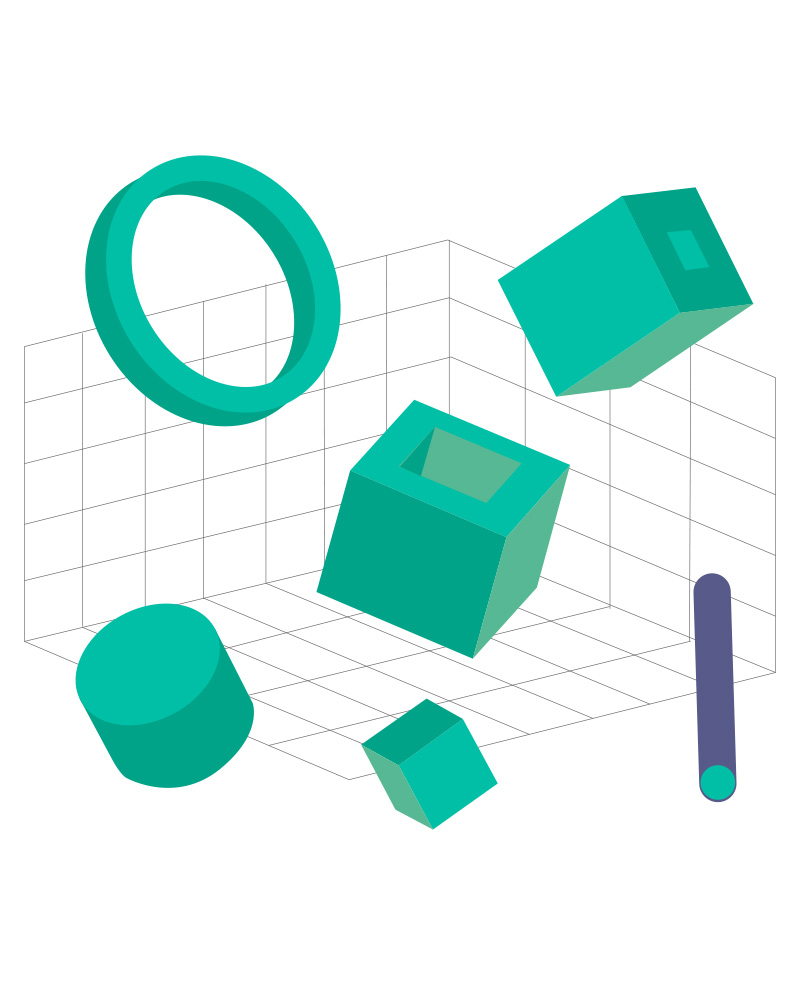Bounding Boxes (2D & 3D)
CLICK HERE
Bounding box annotations are one of the most common techniques used in image annotation. They involve drawing rectangular boxes around objects of interest. In 2D annotations, the bounding boxes provide information about the object’s position and size within a single image. In 3D annotations, bounding boxes can represent the object’s position, size, and orientation in three-dimensional space.
Polygons
CLICK HERE
Polygon annotations are used to annotate objects with irregular shapes. Instead of using rectangular bounding boxes, polygons define the exact contours of objects. This technique is commonly employed for objects such as vehicles, buildings, or natural landscapes.
Polylines
CLICK HERE
Polylines are annotations used to annotate linear objects, such as roads, rivers, or boundaries. Unlike polygons, polylines do not enclose a specific area but rather define the shape and direction of lines.
Semantic segmentation
CLICK HERE
Semantic segmentation annotations assign a class label to each pixel within an image. This technique enables pixel-level understanding and accurate delineation of object boundaries. It is widely used in applications like autonomous driving, medical imaging, and scene understanding.

Keypoint annotations
CLICK HERE
Keypoint annotations involve identifying and labeling specific points of interest within an image. These points represent critical landmarks or features, such as joints in human pose estimation or facial keypoints for emotion recognition.
LiDAR & RADAR
CLICK HERE
LiDAR and RADAR annotations are specific to sensor data annotations in autonomous driving. LiDAR annotations involve labeling point clouds to detect objects and estimate their 3D position, while RADAR annotations are used to annotate radar data for object detection and tracking.
Multisensor
CLICK HERE
Multisensor annotations involve combining annotations from multiple sources, such as images, LiDAR, RADAR, or other sensors. By using data from different sensors, a more comprehensive and accurate understanding of the environment can be achieved.
